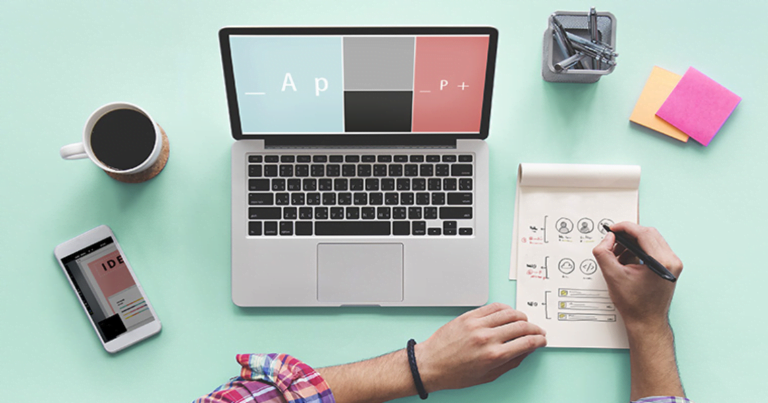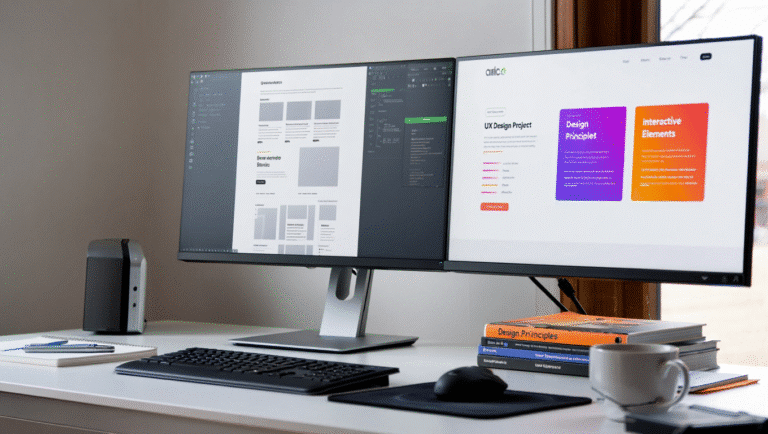CSS plays a crucial role in crafting an engaging and visually appealing website layout. Cascading Style Sheets (CSS) is a coding language that controls the look and feel of HTML elements. Used by 97.1% of websites, CSS allows developers to style everything from fonts and colors to layouts and animations. By separating content from design, CSS makes website development more efficient and scalable. Whether you’re building a personal blog or a full-fledged e-commerce site, mastering CSS fundamentals is essential.
Creating a Stylesheet and Adding Classes, IDs, and Selectors
- Create a new text file in your code editor and save it with a
.cssextension. - To add a class, use a dot (
.) followed by the class name. Then, define styles within curly braces. - To add an ID, use a hash (
#) followed by the ID name. - To select elements by type, use the element name followed by curly braces.
- To select elements by attribute, use brackets (
[]) with equal signs. - Link your CSS file to your HTML using the
<link>tag inside the<head>section.
Exploring Style Declarations for Different Elements
CSS offers various style declarations to create a cohesive and visually appealing website. For instance:
- Element-specific styling: Modify the appearance of links, images, and buttons for a polished design.
- Font styles and sizes: Adjust the typography using the
font-familyandfont-sizeproperties. - Color and background properties: Customize the aesthetics of sections with
colorandbackground-colorproperties.
Styling Text with Font Properties
Typography plays a significant role in user experience and brand identity. According to a Maryland study, color alone can increase brand recognition by 80%.
- Text alignment: Improve layout balance with
text-alignproperties likeleft,center, orright. - Font color: Use the
colorproperty to enhance readability. - Font size: Emphasize important details using the
font-sizeproperty.
Creating Interactive Elements with Hover, Focus, and Active States
Creating Interactive Elements with Hover, Focus, and Active States
Interactivity improves user engagement and experience. CSS enables different states for elements:
- Active (
:active): Shows visual feedback when an element is clicked. - Hover (
:hover): Changes the appearance when a user moves the cursor over an element. - Focus (
:focus): Highlights elements when they are selected (e.g., input fields).
Implementing Media Queries for Responsive Design
With the rise of mobile usage, ensuring a responsive design is vital. Media queries help adapt the website layout to different screen sizes. Example:
@media (max-width: 768px) {
body {
font-size: 14px;
}
}This ensures optimal viewing experiences across devices.
People Also Ask
- Why should I use external CSS instead of inline styles?
External CSS keeps your HTML cleaner and allows for better organization and reusability of styles. - How can I make my website load faster with CSS?
Minimize CSS file size by using compression, remove unused styles, and leverage CSS grid and flexbox for efficient layouts. - What is the difference between
em,rem, andpxin CSS?pxis a fixed unit, whileemandremare relative to the parent and root font sizes, respectively, allowing for better scalability. - How do I ensure my CSS works on all browsers?
Use cross-browser testing tools, CSS resets, and vendor prefixes to ensure compatibility.
Need Help Styling Your Website?
At Site Architects, we specialize in crafting beautiful, high-performance websites tailored to your brand. Whether you need a custom design or a complete site overhaul, our expert team is here to help! 🚀
📩 Contact us today for a free consultation!







